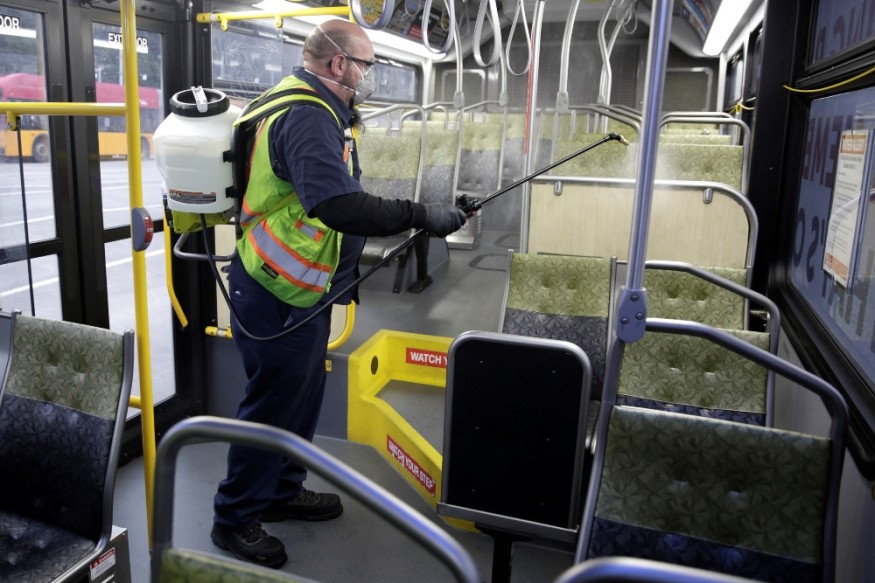How Emergency Declarations Help During COVID-19 Outbreak

A King County Metro equipment service worker sprays a Virex solution to sanitize buses against the coronavirus in Seattle
Due to rising number of COVID-19 cases, the United States of America has been under a federal public health emergency since the end of January, according to an article by The Verge. Two of its states, Washington and Florida, have declared state of emergency over the disease caused by the novel coronavirus.
As of writing, there are already more than 98,000 cases around the world, over 200 of which is in the US. In King County, Washington, six people have already died. iIn California, five counties also declared emergencies.
Importance of Emergency Declarations
Emergency declarations enable immediate mobilization at the federal, state, and local levels and activate a set of powers to respond to crisis situations.
"They allow expedited response efforts in ways that don't circumvent constitutional protections," says James Hodge, director of the Center for Public Health Law and Policy at Arizona State University. "It lets people say, we have to quarantine 100 people right now, we'll do that."
Meanwhile at the federal level, public health emergencies gives the Department of Health and Human Services (HHS) more flexibility to provide assistance to states in responding to a threat. It also gives power to HHS to suspend or modify some laws, like parts of the HIPAA privacy rule or laws requiring that medications only be given out in health care facilities.
State and Local Governments are Where the Action Is
While the federal government made the initial move to respond to the crisis, state and local governments, though, are where the action is, according to Hodge.
After placing people in federal quarantine for the first time in 50 years, they federal government won't be able to sustain that and this is where state and local governments come in.
"They're heavily reliant on state and local authorities to do that," he says.
Although actions may vary from one state to another, they are all given the power to isolate or quarantine, declare school or event shutdowns, and curfews. They might also open their doors to medical professionals who are licensed in other places or allow health care volunteers to handle low-level medical tasks under a doctor's supervision.
An emergency declaration enabled Washington's King County to quickly purchase a motel to isolate COVID-19 patients, increased resources for beds at local hospitals in San Diego County, California, and created an operations center to facilitate screening in Solano County.
According to Hodge, it is not always the case that states have to declare an emergency to produce funding.
"Some states might say that they're issuing an emergency to tap into the funds," he says, but some may be able to obtain funds without one.
For instance, Gov. Andrew Cuomo of New York was able to allocate $40 million to the state Department of Health without the need to declare an emergency.
Who takes charge in a crisis?
What determines who takes charge of a crisis is the type of emergency declared but in general it is headed by emergency management experts, Hodge says. On the other hand, a public health emergency puts departments of health in charge which is the case at the federal level in the US, where HHS is leading the response to COVID-19.
It also depends on the state if one has laws allowing for public health-specific emergencies.
"For those states, the route is an emergency or disaster declaration," Hodge says. He added the general emergency declaration policies include health emergencies.
As of this writing, only two states have declared emergencies, but it is projected to increase as the COVID-19 outbreak in the US continues to unfold. Until this week, only a very limited number of people in the US were being tested for coronavirus but testing is set to expand as more states receive permission to administer their own tests.
Subscribe to Latin Post!
Sign up for our free newsletter for the Latest coverage!
© 2025 Latin Post. All rights reserved. Do not reproduce without permission.















